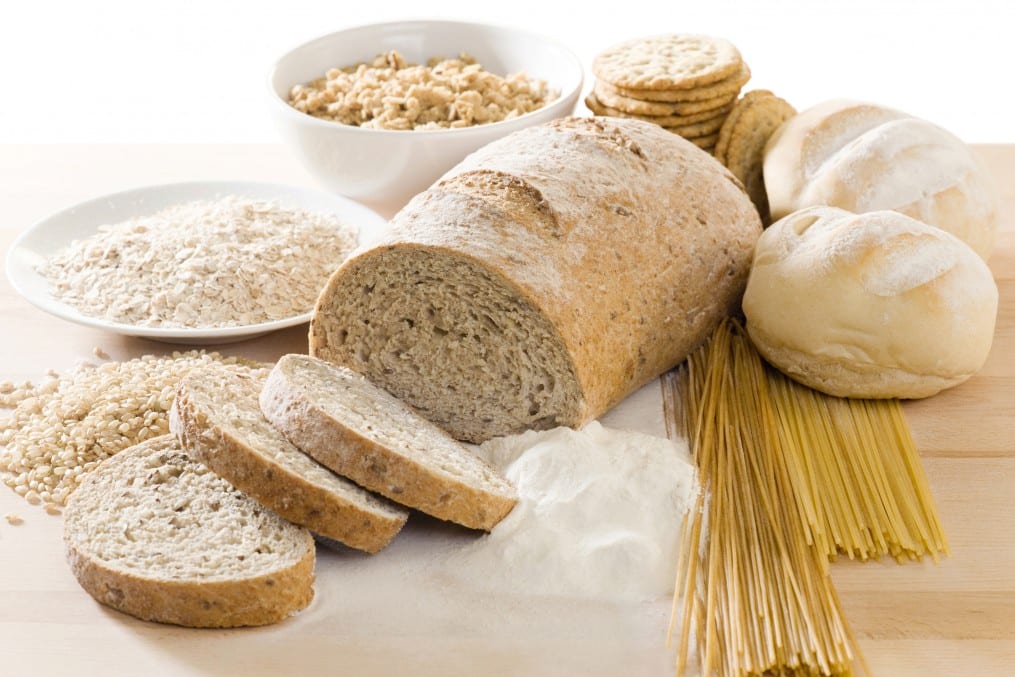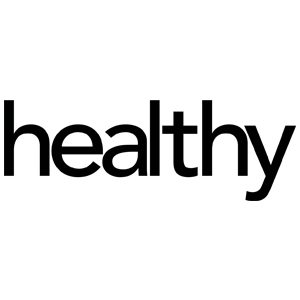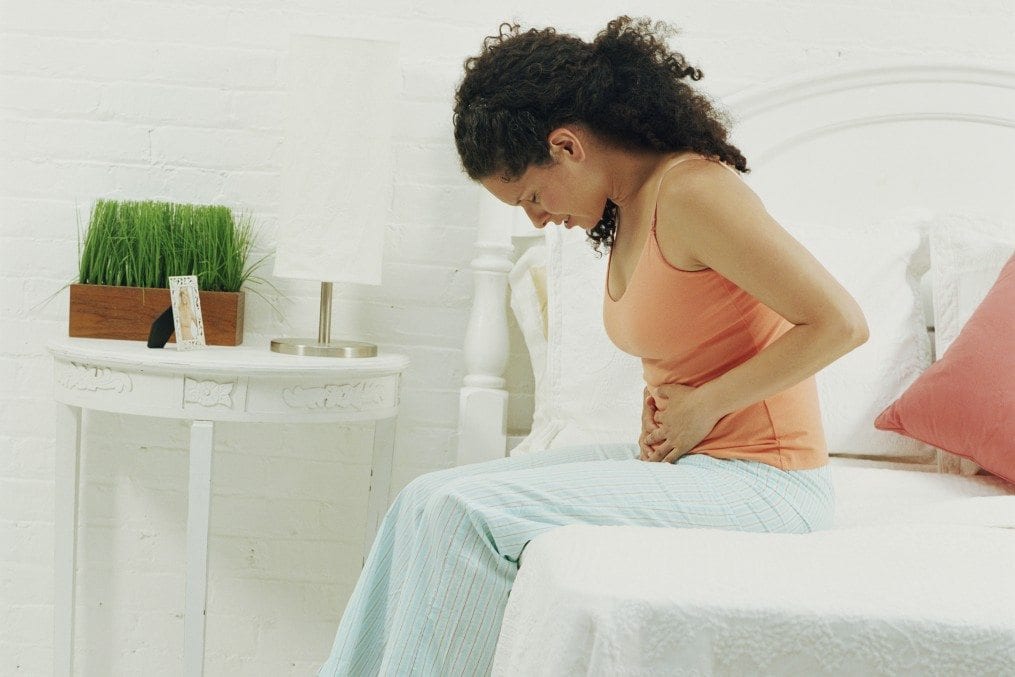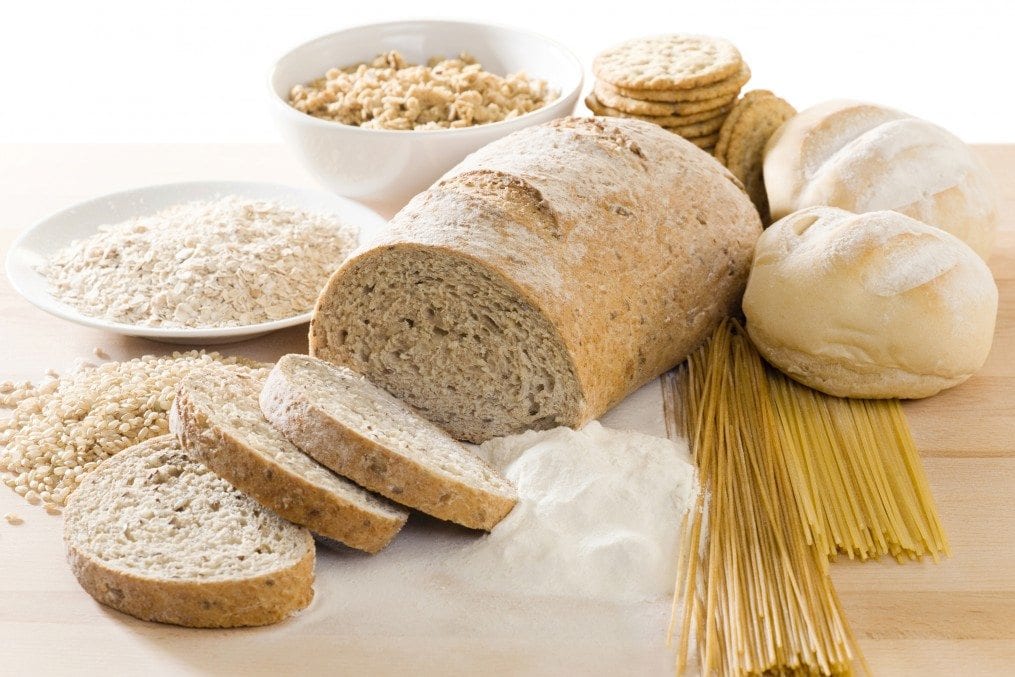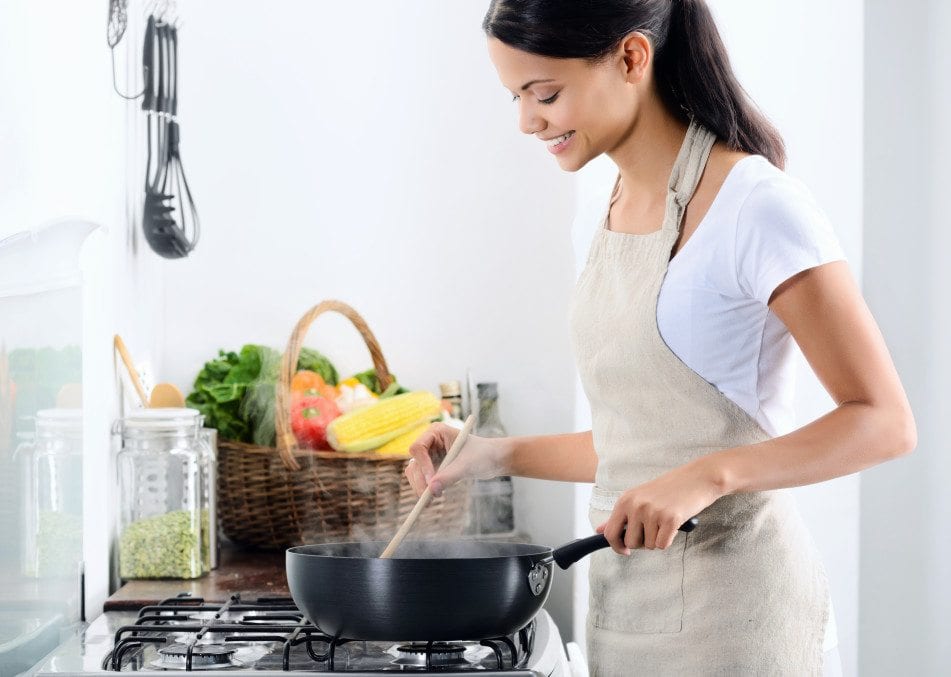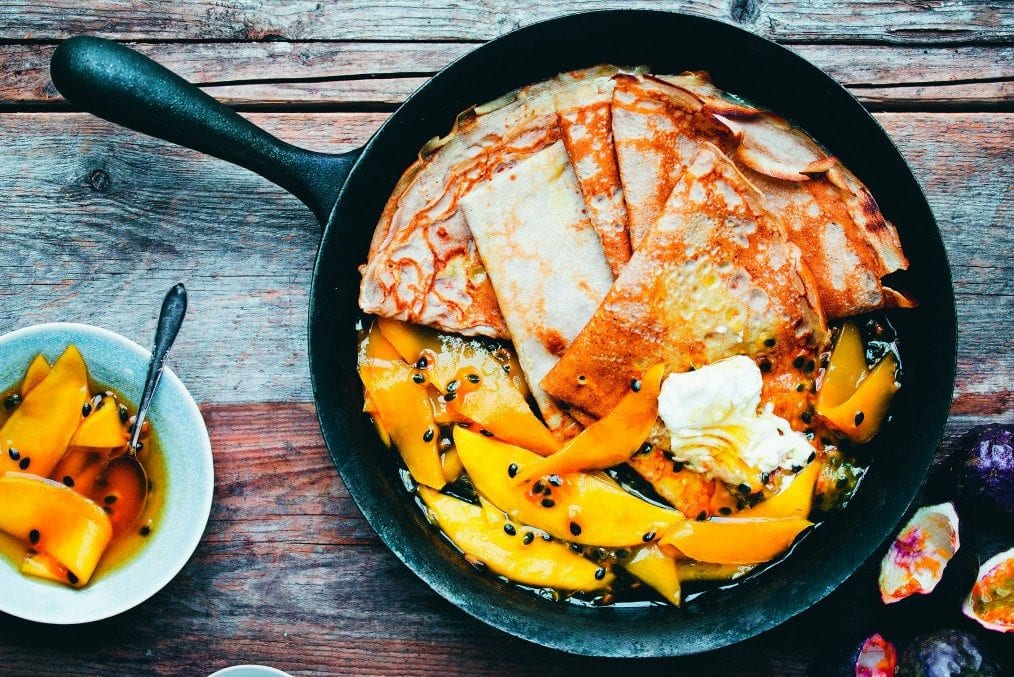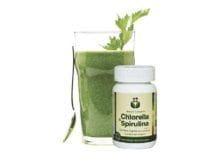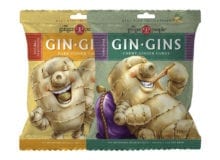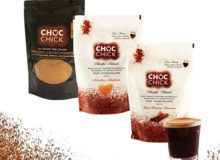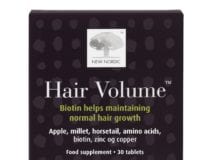Going Against The Grain: Coeliac Awareness Week
Did you know much about coeliac disease before you were diagnosed, or before gluten-free food became more mainstream? No, me neither. But with the condition affecting more and more people not only in the UK but all over the world, chances are that either you have it, or know someone who does. What better time than the official Coeliac Awareness Week (11-17 May) to arm yourself with knowledge or share it with those who may not be quite so savvy?
Here’s some facts to get you started:
- There’s no cure, you can only control it with changes to your diet
- Gluten is found in wheat, rye and barley, and some oats contain it, too
- It’s thought that one in every 100 people in the UK and Europe have coeliac disease, but only 24 per cent of this number are officially diagnosed
- One in four people who are coeliac have been treated for irritable bowel syndrome – so if you have this, ask your doctor to be tested for coeliac disease, too
- Coeliac disease is not a food allergy, it’s an autoimmune condition
- Upon eating gluten, coeliacs will experience damage to their gut lining
- Symptoms include bloating, diarrhoea, wind, constipation, nausea, fatigue and tiredness, hair loss and in some cases, sudden or unexpected weight loss
- There’s also a skin manifestation of the disease, which involves a rash and often blisters on areas of the body including the face, knees, shoulders, elbows and bottom, although this effects a smaller number of people
It’s not just obvious wheat-filled foods such as biscuits, pasta, cake, pizza and bread that have to be cut out of your diet if you’re coeliac. Many food items that you wouldn’t even think of also contain gluten; from soup, which is often thickened with flour; to sausages, which usually contain breadcrumbs; and sauces such as soy and gravy. Luckily, many restaurants are a lot more aware of coeliac disease nowadays, and if it’s not already labelled on their main menu, they often have separate dietary menus that you can look at so you can be sure what dishes do and don’t contain gluten. Head to your local supermarket and chances are they have a free-from section; though in my experience some are better than others (my favourites are Holland & Barrett and Tesco, though Sainsbury’s, Waitrose and Asda also have a range of gluten-free products). It’s also important to ensure that if you’re cooking for someone at home who can still eat gluten, to be aware of cross-contamination; so use different chopping boards, pans and knives etc to prepare your food, and wash them well after using them. Even a few breadcrumbs can trigger symptoms!
So spread the word, and make sure you tell those around you about it, too. Keep an eye on my Going Against The Grain blog for regular posts and tips on living gluten-free, and visit the Coeliac UK website (coeliac.org.uk) for more detailed information on the condition.
